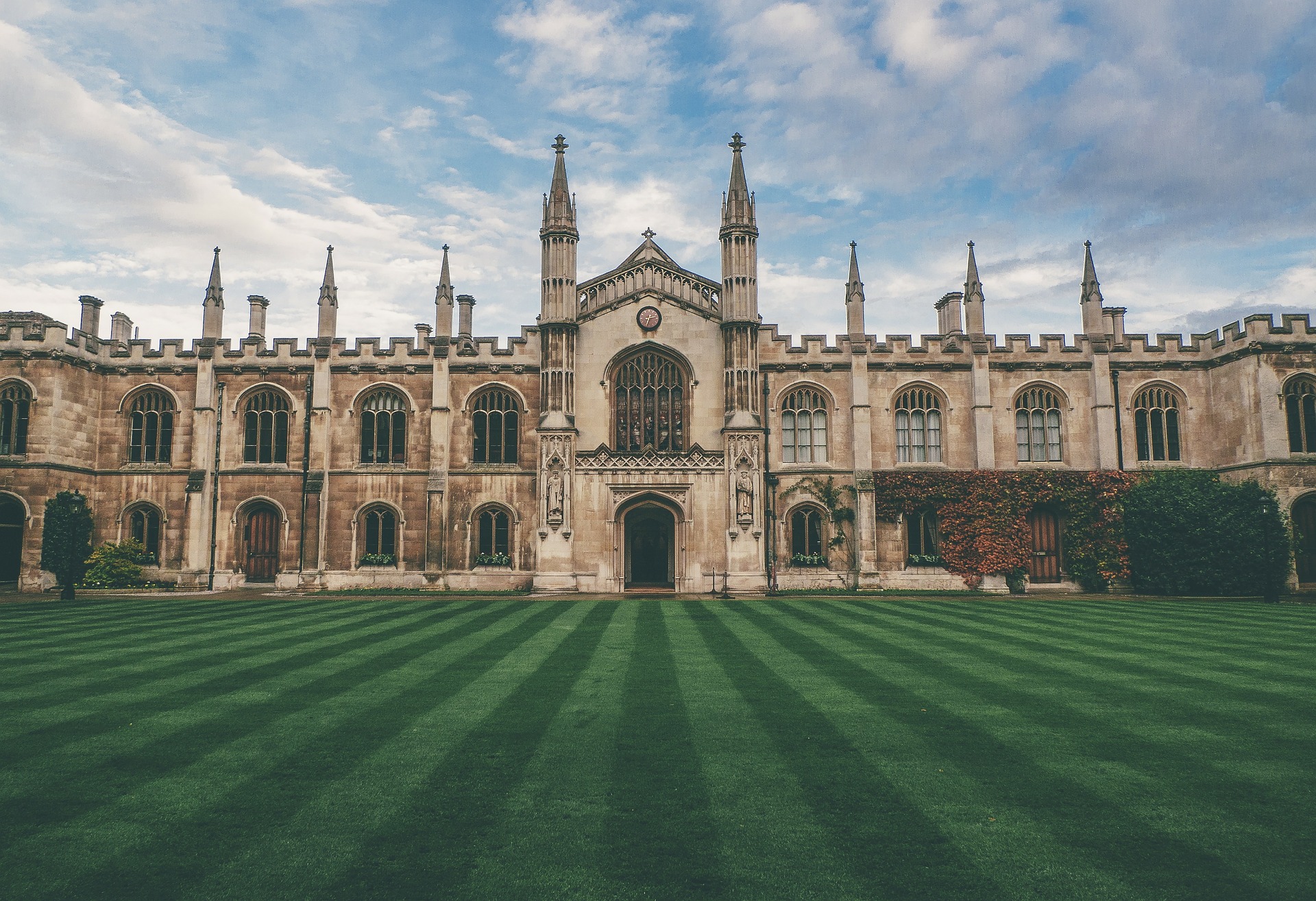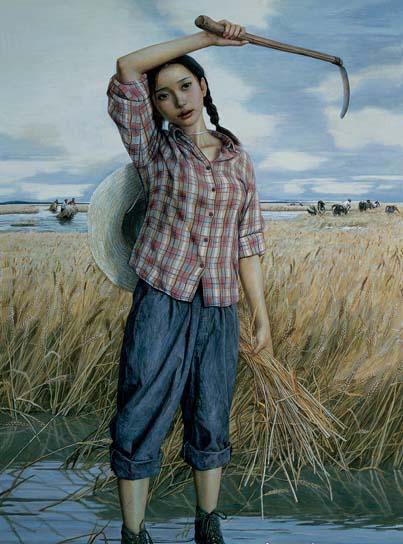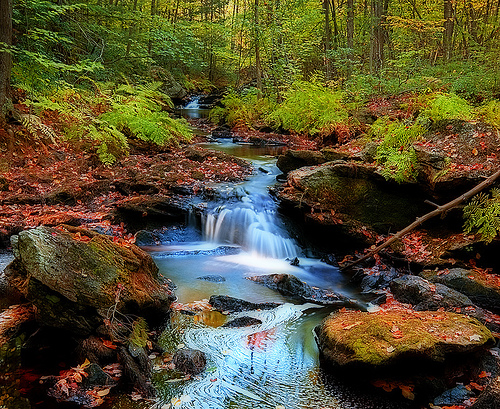About the Poet – Robert Burns was a Scottish poet and lyricist. He is widely regarded as the national poet of Scotland and is celebrated worldwide. He is the best known of the poets who have written in the Scots language, although much of his writing is also in English and a light Scots dialect, accessible to an audience beyond Scotland. He also wrote in standard English, and in these writings his political or civil commentary is often at its bluntest.
Burns was born on 25th January, 1759. He was born in a house built by his father William Burnes (now the Burns Cottage Museum), where he lived until Easter 1766, when he was seven years old. William Burnes sold the house and took the tenancy of the 70-acre Mount Oliphant farm. Here Burns grew up in poverty and hardship, and the severe manual labour of the farm left its traces in a premature stoop and a weakened constitution.
Burns was in financial difficulties due to his want of success in farming, and to make enough money to support a family he took up a friend’s offer of work in Jamaica at a salary of £30 per annum. The position that Burns accepted was as a bookkeeper on a slave plantation.
As Burns lacked the funds to pay for his passage to the West Indies, Gavin Hamilton suggested that he should “publish his poems in the mean time by subscription, as a likely way of getting a little money to provide him more liberally in necessaries for Jamaica.” On 3 April Burns sent proposals for publishing his Scotch Poems to John Wilson, a local printer in Kilmarnock, who published these proposals on 14 April 1786. On 31 July 1786 John Wilson published the volume of works by Robert Burns, Poems, Chiefly in the Scottish dialect. Known as the Kilmarnock volume, it sold for 3 shillings and contained much of his best writing. The success of the work was immediate, and soon he was known across the country.
Burns gave up his farm in 1791. It was at this time that, being requested to write lyrics for The Melodies of Scotland, he responded by contributing over 100 songs. He made major contributions to George Thomson’s A Select Collection of Original Scottish Airs for the Voice as well as to James Johnson’s Scots Musical Museum. Arguably his claim to immortality chiefly rests on these volumes, which placed him in the front rank of lyric poets.
As well as making original compositions, Burns also collected folk songs from across Scotland, often revising or adapting them. His poem (and song) “Auld Lang Syne” is often sung at Hogmanay (the last day of the year), and “Scots Wha Hae” served for a long time as an unofficial national anthem of the country.
On the morning of 21 July 1796, Burns died in Dumfries, at the age of 37. Through his twelve children, Burns has over 600 living descendants as of 2012.
About the Poem
“A Red, Red Rose” is a 1794 song in Scots by Robert Burns based on traditional sources. The song is also referred to by the title “Oh, My Love is Like a Red, Red Rose”, “My Love is Like a Red, Red Rose” or “Red, Red Rose” and is often published as a poem.
Burns worked for the final ten years of his life on projects to preserve traditional Scottish songs for the future. In all, Burns had a hand in preserving over 300 songs for posterity. Burns had intended “A Red, Red Rose” to be published as part of George Thomson’s A Select Collection of Original Scottish Airs for the Voice. However, he wrote to a friend that Thomson and he disagreed on the merits of that type of song. “What to me appears to be the simple and the wild, to him, and I suspect to you likewise, will be looked on as the ludicrous and the absurd.”
Instead, Burns gave the song to Scots singer Pietro Urbani who published it in his Scots Songs. In his book, Urbani claimed “The words of ‘The Red Red Rose’ were obligingly given to him by a celebrated Scots poet, who was so struck by them when sung by a country girl that he wrote them down and, not being pleased with the air, begged the author to set them to music in the style of a Scots tune, which he has done accordingly.
Setting of the Poem
The poem seems to be set in a rural landscape, in the Scottish countryside. The poet, Burns, has come across a lovely local girl and fallen in love with her. This love is a simple love, and one that he believes will last his whole life. Though he must take his leave of the countryside, he will surely return. The countryside itself is beautifully described. As Scotland is an island (as the whole of the United Kingdom is as well), the sea is an integral part of the landscape, and so are the rocks and sand that line the shore.
Some online learning platforms provide certifications, while others are designed to simply grow your skills in your personal and professional life. Including Masterclass and Coursera, here are our recommendations for the best online learning platforms you can sign up for today.
The 7 Best Online Learning Platforms of 2022
- Best Overall: Coursera
- Best for Niche Topics: Udemy
- Best for Creative Fields: Skillshare
- Best for Celebrity Lessons: MasterClass
- Best for STEM: EdX
- Best for Career Building: Udacity
- Best for Data Learning: Pluralsight
















